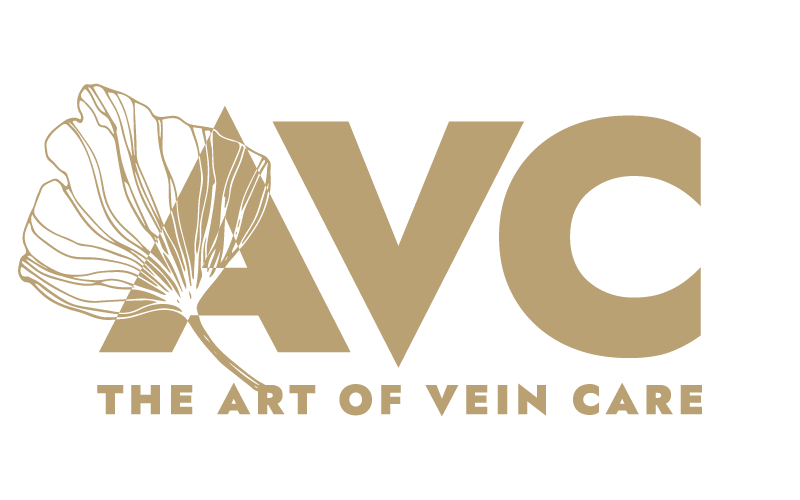In women, varicose veins often begin early in pregnancy. Generally they occur on the legs although they can develop on the lower part of the belly and the vulva. There are a number of reasons for this. The blood from the legs has to flow up through the pelvis to return to the heart. In the second and third trimester, the baby is large enough to make the return of the blood more difficult. This causes the pressure in the veins of the legs to increase. The veins just under the skin (the superficial system) are not supported by muscle (unlike the deep system) and so they may stretch up and lengthen, so becoming varicosed.
A second reason that varicose veins develop during pregnancy is hormonal. This effect is seen in the first trimester. During pregnancy, hormones are secreted which allow fibrous tissue to stretch up (this is to help during delivery). The problem for the veins is that the valves which control the pressure are made of fibrous tissue, so they may dilate as well. The valves then may not work properly so the pressure is not controlled, and the vein then stretches up and becomes varicosed.
Luckily, both of these causes will reverse in the 6 months after delivery, so the varicose veins improve and may disappear completely. Therefore it is worth waiting at least 6 months after delivery before considering having your varicose veins fixed. Varicose veins are likely to get worse with each subsequent pregnancy. The NICE guidelines strongly recommend that varicose veins should not be treated during pregnancy. The only time treatment during pregnancy should be considered is if you develop extensive clots.
There are a few things that you could do to try and limit the development or the severity of varicose veins. The best form of management during pregnancy is to use Class II compression stockings or pantyhose. If you are likely to develop varicose veins during pregnancy (family history, or if you have some varicose veins before becoming pregnant) then one should start using compression in the first trimester. It is important to try and maintain your recommended weight during pregnancy. Stay active and walk regularly. Try not to stand for long periods of time. When sitting, elevate your legs.
At The Art of Vein Care, we specialise in the management of varicose veins and venous disease. We offer expert consultations, walk-in walk-out treatment with minimal down time. If you would like further information please contact us here.
